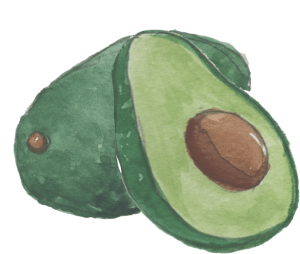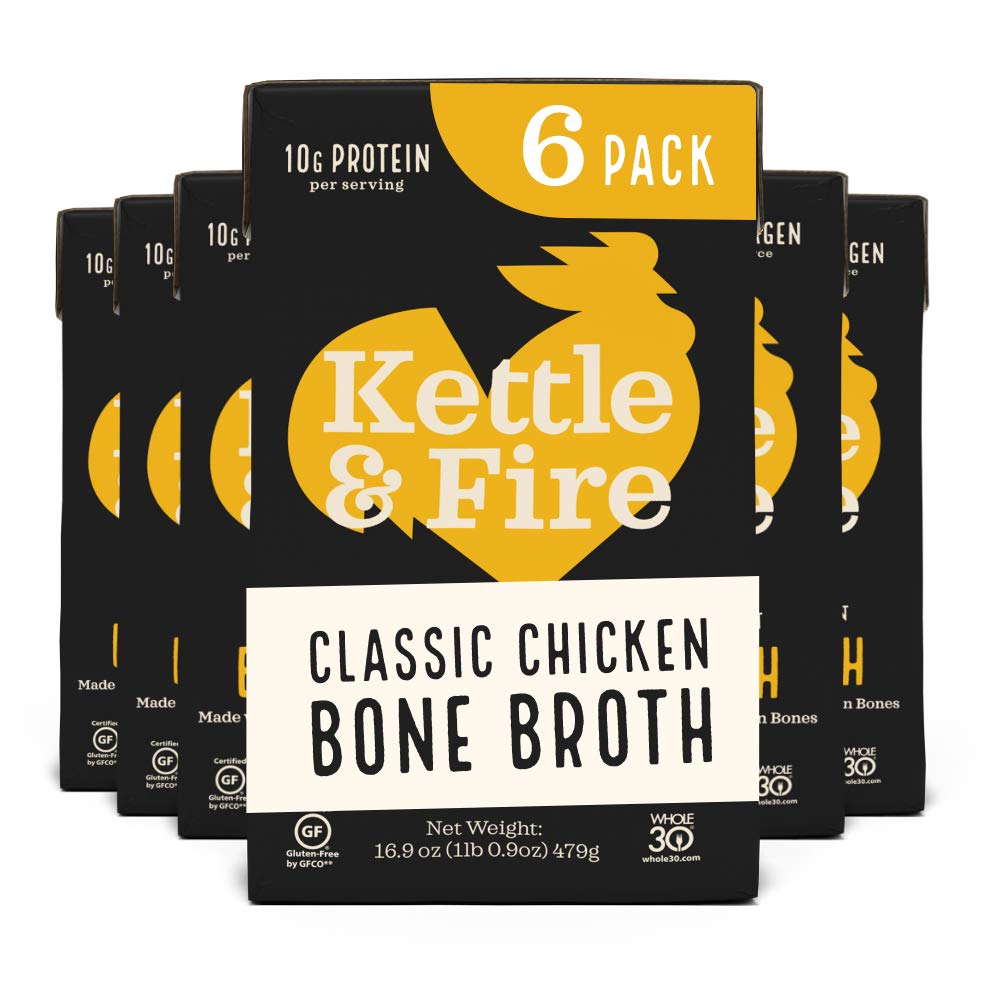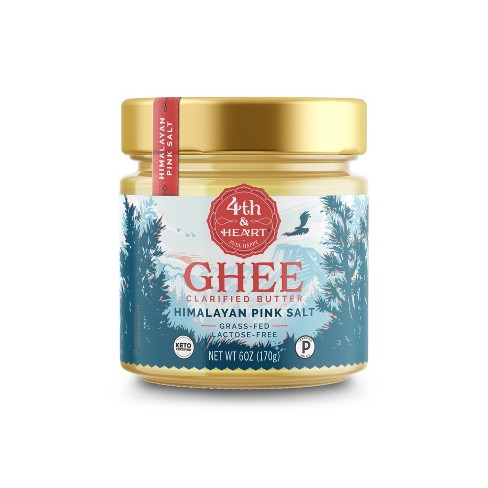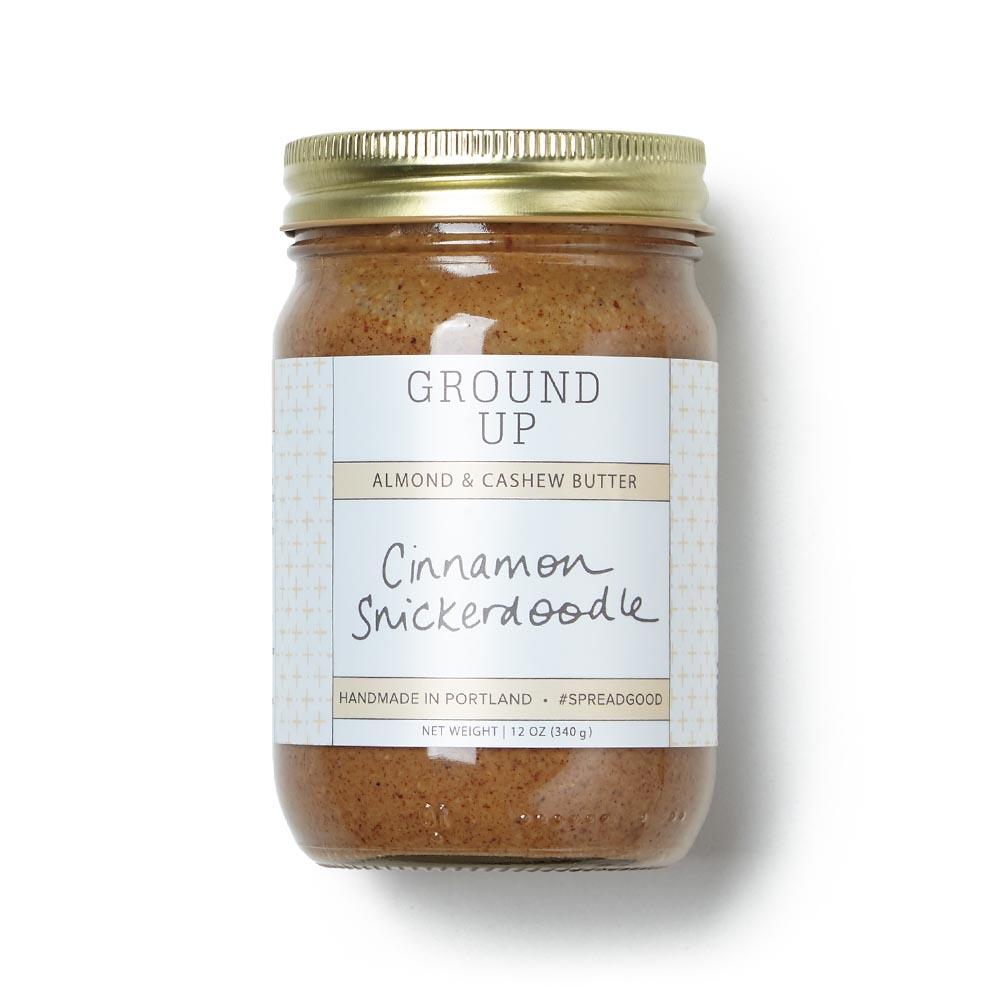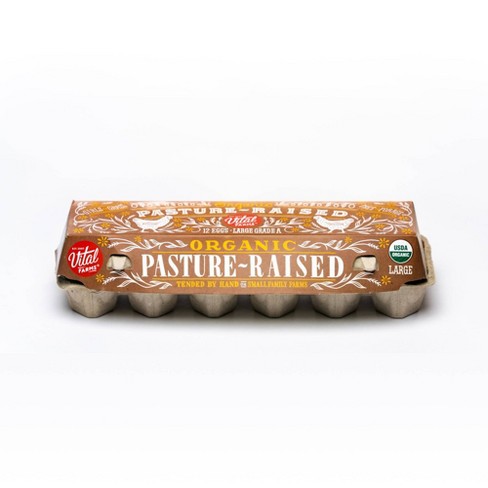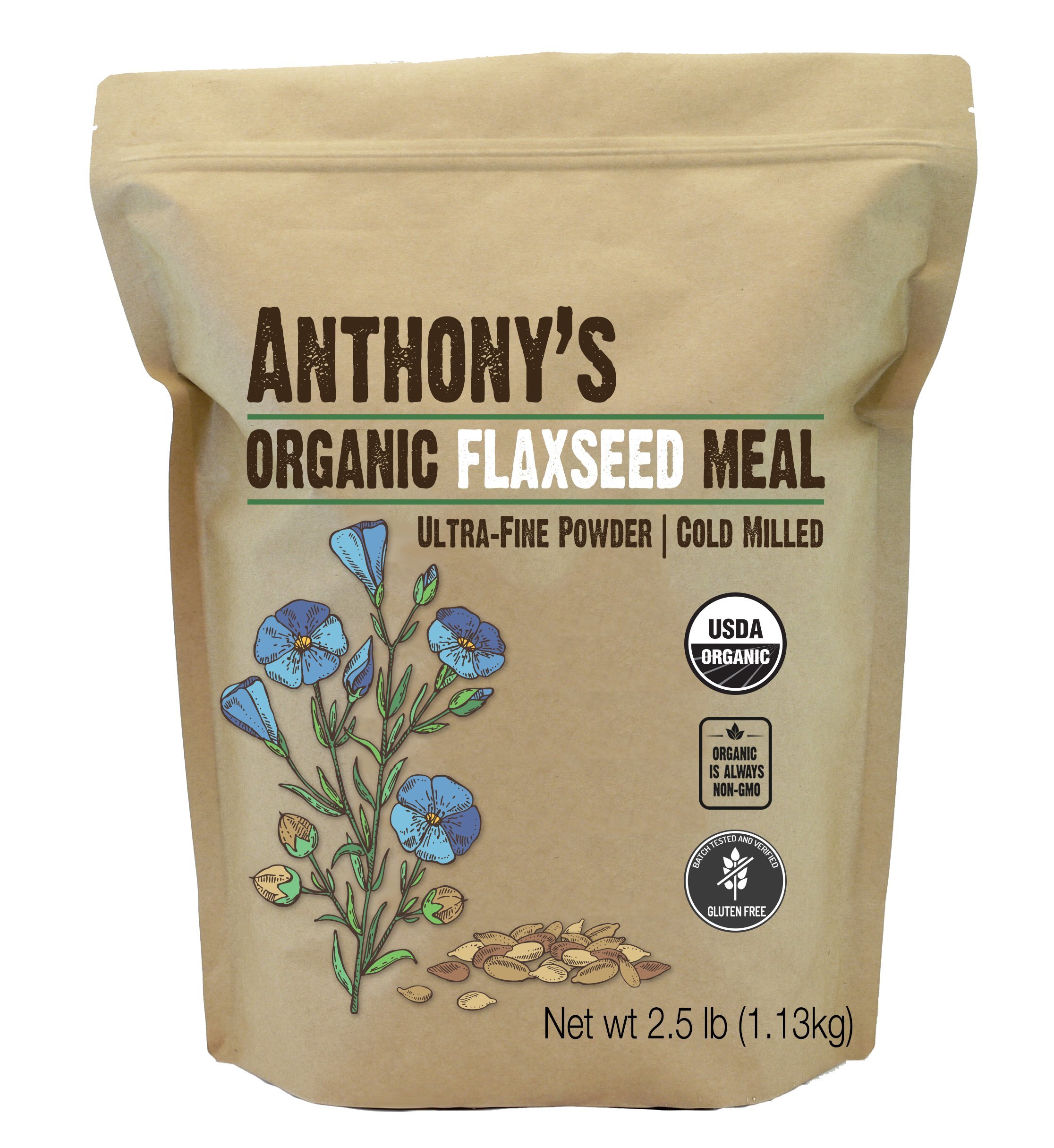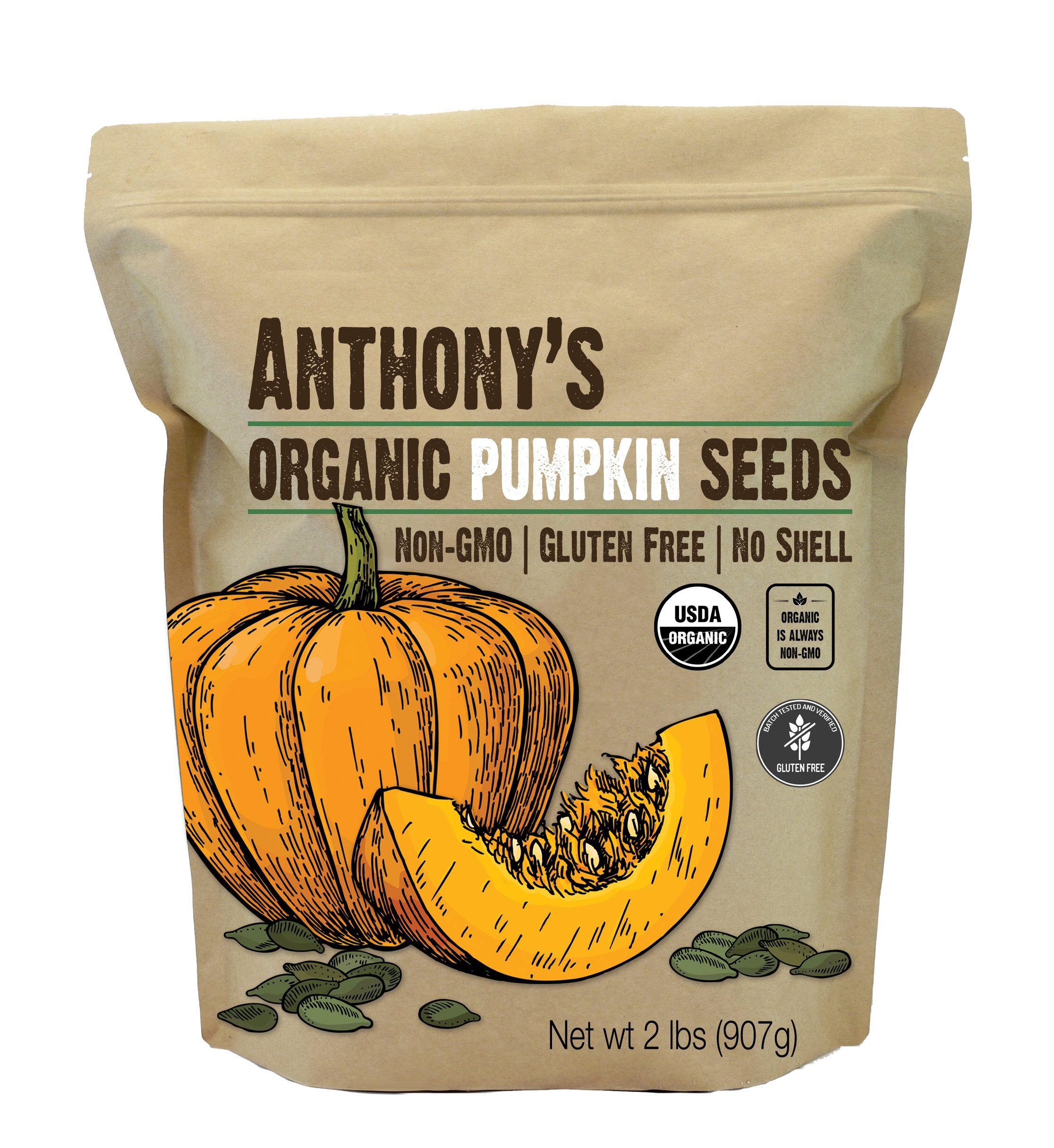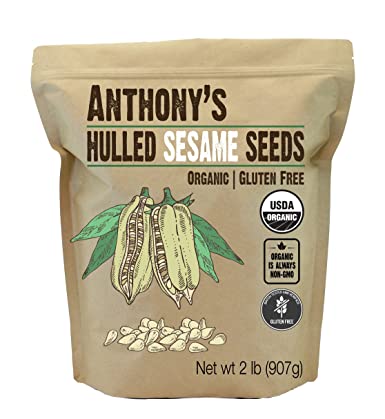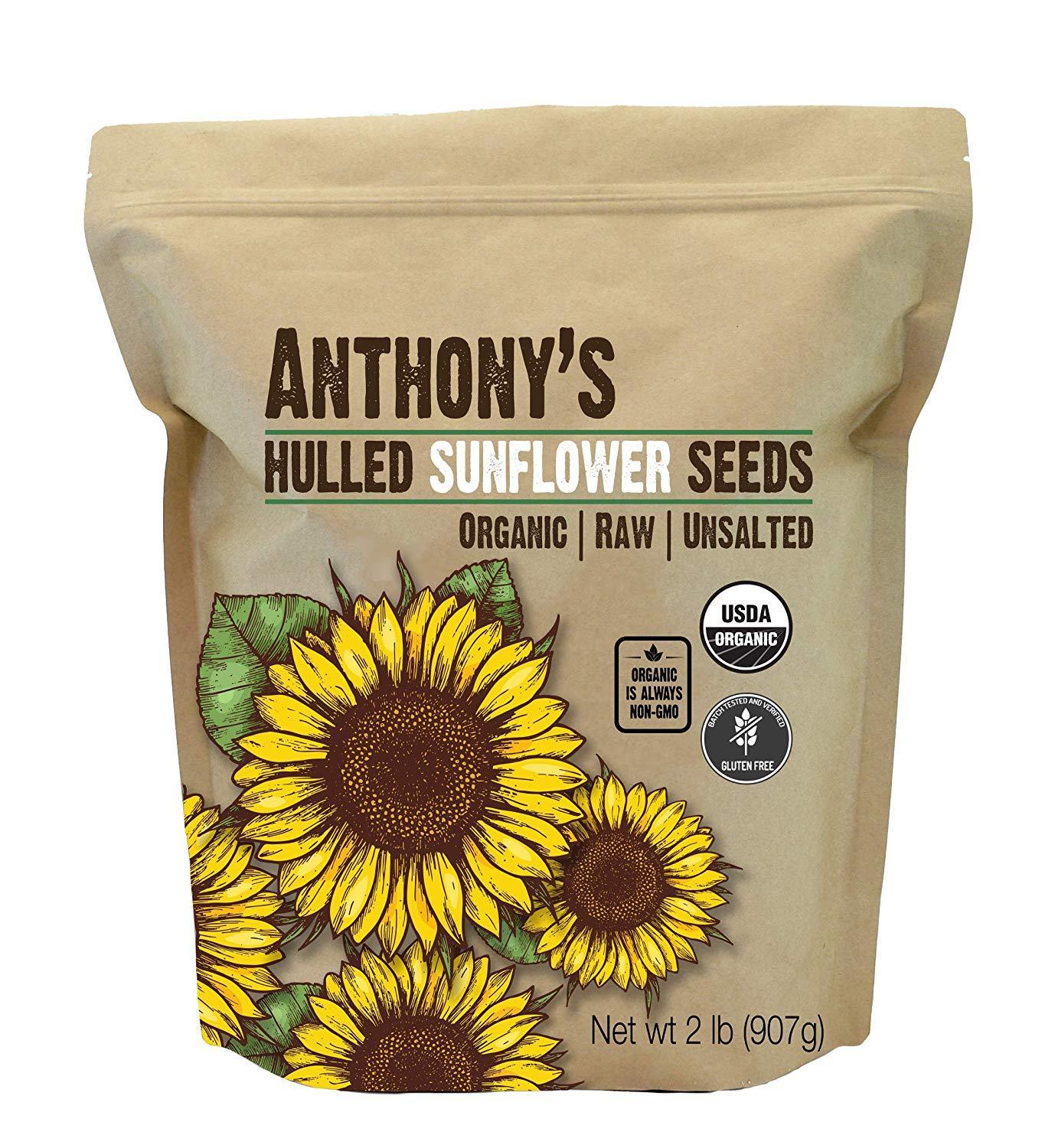recipes
lifestyle
wellness
motherhood
mindset
About
E-Books
Blog
Freebies
partnerships
hi, i'm lauren!
hey there!
I’m on a hot mission to help you balance your hormones & live your best life.
categories
Home
Quiz
Get In Touch
The Course
search:
Cookbook
Recipe key
GF
VG
P
Vegan
Gluten Free
Paleo
DF
Dairy-Free
download now
Join Hormone Healthy Eats!
Become a SFNSG insider to get my monthly Substack, Hormone Healthy Eats! Packed with the latest hormone-healthy recipes
+ tips.
jump to recipe >
SYMPTOMS OF HORMONAL IMBALANCE IN WOMEN
In a recently conducted study (1), nearly 1 in 2 women (43%) in America reported hormones negatively affecting their overall health and wellbeing, with ⅔ of the women reporting some symptoms of hormonal imbalance.
These symptoms of hormone imbalance include:
- + Weight gain
- + Headaches and migraines
- + Infertility
- + PMS
- + Heavy or painful periods
- + Mood swings
- + Anxiety
- + Hot flashes
- + Sleep disturbances/insomnia
- + Decreased libido
- + Depression
- + Fatigue
- + Brain Fog
CAUSES OF HORMONAL IMBALANCE IN WOMEN
The rising trend in hormonal imbalances makes sense, given the variety of hormone-disruptors we’re exposed to on a daily basis.
These common hormone-disruptors include:
- + Oral contraceptives (i.e. hormonal birth control)
- + Nutrient deficiencies
- + Stress
- + Toxins + endocrine-disrupting chemicals
- + Over the counter meds + prescriptions
- + Processed foods, too much caffeine, alcohol + sugar
- + EMF exposure
While all of these factors are important, this post is specifically focused on the choices we make with food, and how what we choose to eat and cook can naturally balance our hormones (and how we feel, look and live) as a result.
Need a delicious recipe plan to help you balance your hormones and feel your best? Check out my go-to guide.
Need a delicious recipe plan to help you balance your hormones and feel your best? Check out my go-to guide.
HOW TO KNOW IF YOU HAVE A HORMONE IMBALANCE?
Wondering if you have a specific hormone imbalance to address? I highly recommend taking this quiz to investigate further. Doing so will empower you to tailor the guidance below to your specific needs. You can also check out this post on common hormonal imbalances in women.
WHY FOOD IS IMPORTANT FOR NATURAL HORMONE BALANCE
Your brain is in constant communication with the rest of your body every day via your hormones. Your hormones work together through your endocrine system in order to help you maintain homeostasis (2) (or balance). Depending on the signals being sent to your brain, these different hormone levels are constantly fluctuating and always impacting one another as a result.
What does this mean, exactly?
Because your hormones are all connected, if you experience any sort of hormone imbalance, this throws off other hormones as a result. And because your hormones are responsible for pretty much every bodily function, this has a huge effect on everything from your menstrual cycle and fertility to your skin, stress levels, weight, brain function, mood, sleep and general wellbeing.
Now what does all this have to do with food?
The energy and nutrients you obtain from your diet are the raw materials your body needs to produce hormones and properly fuel your body (3).
If your diet doesn’t supply enough energy or “materials” to make all the hormones you need, it’ll prioritize production of stress hormones first because they’re essential for survival.
This leads to unhealthy fluctuations in your hormone levels, which can lead to a variety of not-fun symptoms.
HORMONE BALANCING FOODS + RECIPES
While this can vary based on your unique hormone balance, genetic makeup and other health and lifestyle factors, research has found these foods (plus hormone balancing recipes) to be the most effective at balancing hormones and optimizing overall health.
CLEAN PROTEINS

Protein is an essential structural component of all hormones, which means you’ve got to consume sufficient protein to make enough hormones (4) . Research has found these to be the most effective protein sources at naturally balancing hormones.
+ Grass-Fed Meats
Rich in micronutrients like iodine, iron, selenium and zinc that your thyroid needs to function optimally.
+ Wild-Caught, Low-Mercury Fish
Loaded with essential omega-3 fatty acids and cholesterol necessary for building your sex hormones estrogen, progesterone, testosterone.
+ Pastured Chicken, Turkey + Eggs
Rich in micronutrients + vitamins (like B vitamins) necessary for optimal fertility and nervous system function.
+ Lentils + Beans
An inexpensive source of both protein and fiber, which can help reduce estrogen levels (5) . Also a good source of zinc which raises testosterone (6) .
+ Bone Broth
Helps heal and seal your intestinal tract so you’re able to effectively absorb the nutrients from the food you eat (remember nutrient deficiency is a common culprit of hormone imbalance).
+ What to look for
I highly advise my clients to invest in clean, quality sources of protein, particularly animal protein. When animals are raised healthily and humanely, they become incredibly rich in the vitamins, minerals, micronutrients and amino acids your hormones need to thrive (7). When possible I encourage you to avoid animals that have been injected with steroids and antibiotics or fed an unnatural diet of GMO soy, corn, grain or other feed. Look for the words wild-caught, grass-fed, pasture-raised and get to know your farmers and sources when possible.
+ Hormone Balancing Recipe Ideas
Spicy Lamb Meatballs + Coconut Curry
Grilled Miso Salmon + Avocado Salad
Juicy Turkey Avocado Burger Bowls
Greek Chicken Quinoa Salad Bowls
HEALTHY FATS
Fat is one of the most crucial elements for hormonal balance (8) as it’s literally the raw material we need to produce and maintain proper hormone function (9). It’s also necessary in order for your body to effectively digest and absorb fat-soluble vitamins like A, D, E and K, which play an important role in hormone regulation and fertility.
+ Olive Oil
Rich in monounsaturated fats that help to produce “happy hormones” like serotonin and dopamine.
+ Coconut Oil (butter or milk)
Made up of medium-chain-triglycerides (MCT’s) that help transform cholesterol into pregnenolone, an essential building block for thyroid hormone-creation.
+ Grass-fed Butter or Ghee
One of nature’s richest sources of butyrate (butyric acid), a short-chain fatty acid that helps to heal and repair our intestinal tract (gut imbalances can lead to hormone imbalances).
+ Avocado
Loaded with healthy fats to balance our blood sugar levels (and thus our adrenal hormones) as well as a good source stress-fighting vitamin B5.
+ Nuts + Seeds
Rich in anti-stress mineral magnesium and vitamin E (needed for estrogen production). All have unique benefits but I especially love Brazil nuts which contain selenium to support thyroid health and flaxseeds to help remove excess estrogen.
+ Fish Oil/Cod-Liver Oil
Loaded with Omega-3 fatty acids to promote optimal brain health (as well as for your baby if pregnant or actively trying to conceive). Highly anti-inflammatory and may help to reduce excess estrogen levels.
+ What to look for
Steer clear of any rancid or hydrogenated fats, which are processed fats treated with high heat, steam-cleaned and bleached, then doused with preservatives to extend shelf-life. These fats are estrogen-disruptors that cause sex-hormone imbalances and have been shown to decrease fertility significantly (10). Look for fats like those listed above that are raw, organic and unrefined and avoid seed and vegetable oils (soybean, grapeseed, palm, vegetable, canola) as well as commercial baked foods.
+ Hormone Balancing Recipe Ideas
Hormone-Balancing Bulletproof Coffee
Flourless Fudgey Peanut Butter Period Brownies
No-Bake Nutella CBD Bliss Balls
Postpartum Dark Chocolate Chunk Nut Butter Balls
Dark Chocolate Avocado Fudge Fertility Smoothie
Gut-Friendly + Hormone Healthy Paleo Butter Chicken
ORGANIC PLANTS

Plants truly are nature’s medicine, and our hormones LOVE THEM. Loaded with powerful antioxidants and phytochemicals, plants help to prevent inflammation and lower levels of stress in our bodies (11) .They’re also rich in micronutrients our hormones need to thrive and are necessary for optimal gut health, which is directly linked to hormone function (12). Below are some of the most potent on the planet.
+ Dark Leafy Greens
Excellent source of antioxidants and fiber that feed beneficial gut bacteria and help to remove excess estrogen or hormone-disrupting free-radicals from your system.
+ Cruciferous Vegetables (cauliflower, broccoli, cabbage, kale, etc.)
These veggies are rich in glucosinolates, which are sulphur compounds that support the liver and detoxification as well as elimination of excess estrogen.
+ Mushrooms
Help to up-regulate our immune system, raise our resistance to stress and detoxify harmful xeno-estrogens.
+ Beets, Squash, Pumpkin, Plantain, Carrots
Loaded with carotenoids, a precursor to vitamin A, which is needed for optimal thyroid health. Also supports liver detoxification and promotes beneficial gut bacteria.
+ Berries/Pomegranate/Acai
Loaded with anthocynanins, powerful antioxidants that scavenge disease-causing and hormone-disrupting free radicals.
+ What to look for
Look for organic produce void of endocrine-disrupting pesticides and chemicals. Buying plants locally and in season ensures freshness and bioavailability of key nutrients your hormones need to thrive. Try the local farmers market or a CSA subscription, which will help you save money and support local farmers using environmentally friendly practices.
IMPORTANT NOTE — Certain plant proteins (such as glycoalkaloids, lectins, phytic acid and goitrogens) may be difficult for some people with hormone imbalances or gut issues to digest. Try taking this quiz to learn more and meeting with a functional medicine practitioner who can help you devise a plan to support your unique needs.
+ Hormone Balancing Recipe Ideas
Roasted Chipotle Cauliflower Tacos
Green Baby-Makin’ Machine Smoothie
Thai-Style Butternut Squash + Cashew Curry
Grilled Chicken + Avocado Caesar Salad
Grilled Chicken + Veggies w/ Chimichurri Sauce
BLTA Salad Bowls + Creamy Dairy-Free Caesar Dressing
Copycat Deru Market Farm Salad
RESISTANT STARCHES + GLUTEN-FREE GRAINS
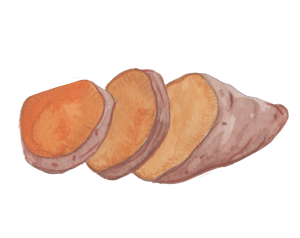
Resistant starch is a type of carbohydrate (also known as prebiotic fiber) that our digestive enzymes cannot break down in the stomach or small intestine. This allows them to reach the colon intact, where they fuel our beneficial bacteria and help to optimize digestion.
This is key, as chronic digestive issues and stress can lead to deficiencies in nutrients your hormones need to thrive (13). Optimizing the health of your gut microbiome also ensures you’re effectively metabolizing estrogen and producing hormones like serotonin.
+ Sweet Potatoes/Potatoes/Squash
These tubers are loaded with gut-friendly prebiotic fiber, while sweet potatoes in particular are rich in liver-detox-supporting vitamin b6, helping us eliminate excess hormones.
+ Certified GF Oats (if grains are tolerated)
Contain beta-glucan, which helps with fullness/satiety and can help improve insulin-sensitivity/blood sugar balance. Also helpful for lactation/breast milk production (14).
+ Buckwheat/Amaranth/Quinoa
Loaded with protein, minerals and fiber that help our thyroid and nervous system functional optimally.
+ Brown/Black/White Rice
Rich in B vitamins (particularly folate) necessary for fertility, a healthy pregnancy and nervous system function.
+ Beans + Lentils
An inexpensive source of both protein and fiber, which can help reduce estrogen levels (5). Also a good source of zinc which raises testosterone (6).
+ What to look for
While carbohydrates are essential for hormone production (think of them as the driver of the hormone engine in the body), make sure you’re selecting complex options rich in fiber (like those listed above) and steering clear of processed carbohydrates (sugar, baked goods, cereal, white pasta, bread) which are linked to heart diseases, metabolic syndrome, thyroid disease, infertility and adrenal disfunction (15).
Also be mindful of whether or not you have a certain hormonal imbalance or genetic predisposition (such as Hashimoto’s or the AMI-1 gene) that may lead to an intolerance in grains. As always take your unique needs into account.
+ Recipe Ideas
Spiced Apple Oat Bake + Maple Nut Cream
Spiced Sweet Potato, Chickpea + Coconut Curry
Healthy Loaded Sweet Potato Nachos
Maple Roasted Delicata Squash Boats
Cozy Eggplant Curry + Cardamom Spiced Quinoa
Fajita Stuffed Sweet Potatoes + Creamy Avocado Sauce
Pumpkin Dark Chocolate Chip Oat Bake
Gut-Friendly Sweet Potato Pesto Quinoa Bowl
Gut-Friendly Pumpkin Spice blender Pancakes
SEA VEGETABLES
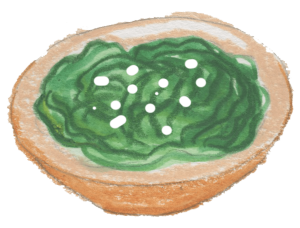
Your thyroid hormone is truly your master hormone. It regulates everything from your heart, rate, blood pressure, body temperature and metabolism to your fertility, sleep, energy, weight and digestion (16).
Every single cell of your body needs your thyroid hormones to function optimally, so when it isn’t fully functioning, it impacts almost every aspect of your health as a result.
One of your body’s main requirements to produce thyroid hormone is iodine. Your body doesn’t make enough iodine, so you must get it from food. Sadly, people don’t tend to eat very much iodine-rich food, resulting in 40 percent of the entire world (17) being at risk for iodine deficiency. But luckily, you can get a major boost from sea vegetables!
While it may sound weird, most have a pretty nice umami flavor (think seaweed in sushi or crispy nori on top of your poke bowls) and are super easy to incorporate into asian-inspired dishes. You can find them in most health food stores.
+ Wakame
+ Nori
+ Dulse
+ Arame
+ Agar
+ Spirulina
+ Seaweed salad
+ What to look for —
Look to purchase reputable brands that source their products sustainably. If you are getting sea vegetables from a contaminated water source containing toxins or other chemicals, the sea vegetables will be contaminated as well. Luckily the USDA has very high standards for the commercial sea vegetables it imports.
+ Hormone Balancing Recipe Ideas
Green Baby Makin’ Machine Smoothie
HORMONE BALANCING COOKING TIPS
Now that you know literally, ALL of the foods you can begin incorporating into your diet for natural hormone balance, it’s important that you understand how to use them.
At the end of the day, you can eat a ton of plants, but if you’re preparing them in a way where your body can’t properly digest and absorb the nutrients, you’re missing out on all of their health and hormone-optimizing benefits.
These are my key tips for maximum efficiency, bioavailability and taste when cooking for natural hormone balance.
+ Soaking
Grains, nuts, seeds and legumes contain anti-nutrients (designed to “protect” them from being eaten by animals) that require neutralization. These include enzyme inhibitors like lectins that impair digestion, as well as phytic acid, which robs the body of important minerals like magnesium, calcium, zinc, copper and iron (18).
Soaking these foods for a period of several hours (I like to do it overnight for ease/timing) helps to deactivate these anti-nutrients and promote optimal digestion and bioavailability. To soak simply place desired amount of grains, nuts, seeds or legumes in a large bowl, add water until fully submerged and cover for a period of 4-8 hours. Once finished drain, rinse and cook per instructions.
+ Fermenting
While soy is an easy and inexpensive way to get more plant-based protein, over 90% of soybeans harvested in the US are genetically modified and contain phytoestrogens and trypsin inhibitors that can suppress your thyroid, aka your master hormone regulator (19).
If you’re going to consume soy, look for organic options that have been fermented, which neutralize these hormone-imbalancing anti-nutrients and are easier to digest. These forms include miso, tempeh and natto.
+ Cooking
While cruciferous vegetables such as bok choy, broccoli, brussels sprouts, cabbage and the beloved cauliflower (what can’t cauliflower do?!) are super effective at balancing hormones and supporting your liver and detoxification pathways, they can become a problem for those with a thyroid disorder.
This is because they contain goitrogens, a compound that interferes with your thyroid gland’s iodine uptake (and iodine is essential for your thyroid to produce enough hormones (T3, T4)).
Luckily, cooking these foods helps to significantly reduce the goitrogenic content (20). I like to roast mine in a drizzle of avocado oil or ghee (which stay stable at high temperatures), garlic, sea salt and pepper for 30 minutes.
+ Combining (plants + fats)
Many of the plants listed above are rich in vitamins your hormones need to function optimally. However it’s important to note that many of these vitamins (A,D,E,K) are fat soluble, meaning they need to be paired with a quality fat source for your body to effectively absorb them.
As a general rule of thumb, make sure you’re eating a little bit of fat along with your plants. This could look like a salad drizzled with olive oil, fruit smeared with nut/seed butter, or veggies dipped in guacamole.
+ Eat in a calm environment
Perhaps the most easily forgotten (but easily one of the most important factors), it’s not just a matter of WHAT you eat but HOW you eat it.
When you eat in a relaxed state, you allow your body to transition into your parasympathetic nervous system, aka the “rest and digest” mode. In this state, your body sends blood and resources to your center, where all of your digestive organs are located. This allows them to function optimally, shuttling food through the steps of digestion at the proper rate and consistency, and ensuring you actually absorb the food’s nutrients.
Eating with relaxed awareness also prevents uncomfortable and painful physical symptoms like heartburn, indigestion, constipation, and diarrhea. Mindful eating also soothes anxiety and helps you more easily experience your hunger and satiety cues, so you don’t overeat.
FOODS TO AVOID FOR HORMONE BALANCE
Just as there are certain cooking and preparation methods you can make to optimize maximum nutrient absorption from your hormone balancing foods, there are also specific techniques you want to avoid that do just the opposite.
The methods below can cause hormone imbalances and other issues by stripping foods of certain important nutrients or processing them in a way where harmful toxins are added. There are also some foods in general to steer clear of if you’re looking for ways to naturally balance your hormones and ultimately feel your best. Here’s what to look out for:
+ Rancid Fats
These fat sources have been highly processed, which typically includes a combination of high heat with steam-cleaning and bleach to remove rancid smells and extend the period of shelf life.
As you can imagine, this processing not only adds harmful substances and endocrine-disrupting chemicals to your food, but it strips it of antioxidants and nutritional benefits (21). The biggest rancid fats to look out for are vegetable and seed oils, primarily canola, rapeseed, soybean, sunflower and palm oil.
Because these oils are much cheaper than unrefined or processed oils (like avocado, coconut, olive, etc.) many restaurants use them, so be mindful of this when eating out. They’re also commonly found in packaged salad dressings, dips or spreads, baked goods and even nut/oat milks.
+ Trans Fats
In addition to rancid fats, it’s advised to stay clear of trans fats, which are a byproduct of a process called hydrogenation that is used to turn healthy oils into solids in order to prevent them from becoming rancid. These fats have been found to be extremely detrimental to your health (22) and can significantly decrease the rate of fertility.
In 2018, the FDA banned the use of partially hydrogenated oil in most processed foods, however this ban hasn’t been fully implemented, so many processed foods (especially commercial baked goods and pastries) still harbor trans fat (23). Baking treats at home or purchasing from a local baker or store you trust is a safer bet.
+ Processed Carbs
Processed carbohydrates are increasingly being seen as the culprit in heart disease, metabolic syndrome, obesity, thyroid disease, infertility, and adrenal abnormalities (13). They increase inflammation in the body, worsen insulin resistance, and drive up the production of cortisol and estrogen.
Try substituting processed carbs such as white bread, flour, pasta, cereals, cookies and other treats with whole grains and resistant starches like quinoa, millet, sweet potatoes, oats, squash, beans and lentils.
+ Corn (GMOS)
Along with soy, 93% of corn planted in the US is genetically modified (GMO). This technique ensures crops are ‘Roundup Ready’ and are exposed to massive amounts of pesticides, including glyphosate (a known endocrine-disrupting chemical and carcinogenic).
Try steering clear of packaged food that uses corn syrups, corn flour or corn oils and investing in quality animal products that were grass-fed and pasture-raised (i.e. not fed a cheap diet of GMO corn and soy, which you then ingest from the animal itself).
+ Grains/Gluten
Some people cannot tolerate grains well (yes even the gluten-free ones) due to the lack of a gene called AMI-1, which creates the digestive enzyme amylase that helps to break down and properly digest grains.
If you experience symptoms such as stomach cramps, nausea, indigestion, sneezing or runny nose, hives or skin rashes and headaches or fatigue after consuming grains or gluten I recommend consulting with a functional medicine practitioner or naturopathic doctor to explore further.
+ Goitrogens
Refer to “Cooking” tip above for more info.
+ Conventional Meats
Conventional meat and animal products are often fed a GMO-laden diet of soy and corn, which affects the nutrient makeup of the meat itself. In turn, this meat is lower in antioxidants and anti-inflammatory omega-3’s and higher in inflammation-causing longer chain fatty acids (24).
It’s also often injected with antibiotics and hormones to prevent illness or disease, but we end up digesting these endocrine-disrupting chemicals as a result. Refer to the animal protein tips listed above in order to ensure you’re getting high quality meat that optimizes your health, rather than detracts from it.
+ Soy
Refer to the “fermenting” section above for more information.
+ Nightshades
While nightshade vegetables (potatoes, eggplant, tomato, peppers) are a rich source of nutrients, they also contain lectins known as alkaloids, which function as a “natural insect repellent” and may be hard for those with certain autoimmune or gut conditions to be able to digest. If you suspect this is the case, try consulting further with a functional medicine or naturopathic practitioner.
+ Nonorganic Fruits + Veggies
These are often sprayed with harmful pesticides that disrupt your hormonal balance. Try purchasing organic and local produce when possible, and refer to the EWG’s Clean 15 + Dirty Dozen for an annually updated list of the most heavily sprayed crops.
HORMONE BALANCING FOODS BOTTOMLINE
While this post contains A LOT of information, and knowledge is power, it can only take you so far.
In order to truly benefit from it, you must apply it to your life and take consistent action. Thus I want to encourage you (just as I do my clients) to start small and choose 1-3 action steps listed above that you can immediately incorporate into your routine to begin cooking hormone balancing foods and recipes.
Try not to put too much pressure on yourself, and instead get creative with the ideas above. Recognize that you have the power to make informed choices as it relates to your food, and how exciting it is that simply by choosing what to eat and cook you can naturally balance your hormones and optimize how you feel, look and live as a result.
Want more hormone-balancing recipes, cooking tips, grocery staples & support? Try my 28-Day Hormone Balance Reset Plan.
MORE HORMONE BALANCING FOODS + RECIPES
+ Hormone-Balancing Foods To Eat For Each Phase of Your Menstrual Cycle
+ Gut Health and Hormones — How To Improve Both Naturally
+ The Best PCOS Friendly Recipes
SOURCES
- https://nypost.com/2019/02/22/nearly-half-of-women-have-been-affected-by-a-hormonal-imbalance/
- https://medlineplus.gov/hormones.html
- https://www.ncbi.nlm.nih.gov/pmc/articles/PMC4240228/
- https://www.healthline.com/nutrition/10-reasons-to-eat-more-protein
- https://www.ncbi.nlm.nih.gov/pubmed/17640158
- https://www.ncbi.nlm.nih.gov/pubmed/8875519
- https://www.ncbi.nlm.nih.gov/books/NBK218169/
- https://drbrighten.com/all-about-fat-3-fast-fat-facts/
- https://www.westonaprice.org/health-topics/know-your-fats/the-importance-of-saturated-fats-for-biological-functions/
- https://www.ncbi.nlm.nih.gov/pubmed/29383942
- https://www.health.harvard.edu/staying-healthy/foods-that-fight-inflammation
- https://kresserinstitute.com/gut-hormone-connection-gut-microbes-influence-estrogen-levels/
- https://www.webmd.com/ibs/guide/hormones-ibs
- https://www.fammed.wisc.edu/files/webfm-uploads/documents/outreach/im/ss_galactogogues.pdf
- https://www.ncbi.nlm.nih.gov/pmc/articles/PMC5793267/
- https://www.endocrineweb.com/endocrinology/overview-thyroid
- https://www.thyroid.org/iodine-deficiency/
- https://www.ncbi.nlm.nih.gov/pubmed/25694676
- https://www.huffpost.com/entry/genetically-modified-food_b_2039455?guccounter=1&guce_referrer=aHR0cHM6Ly93d3cuZ29vZ2xlLmNvbS8&guce_referrer_sig=AQAAAGPIEnXtJ1RGTkCQaguXym_9I8I-dWZjGqIqfQWzxLMbWeD5u_CUb0ODBnirY9xGnS7SydOGOOuBHCsFDhcirdr2I8Uiiw80qD3UgNYv6rtc0qzfLrgg0-PCHh7IJbExzaCZfqTXrWeqAkG5hfHrriUfkRMAm8nv_GC84Mm413Nd
- https://kresserinstitute.com/goitrogenic-foods-and-thyroid-health/
- https://chriskresser.com/how-industrial-seed-oils-are-making-us-sick/
- https://www.healthline.com/nutrition/why-trans-fats-are-bad#basics
- https://www.healthline.com/nutrition/trans-fat-foods
- https://www.ncbi.nlm.nih.gov/pmc/articles/PMC4838835/
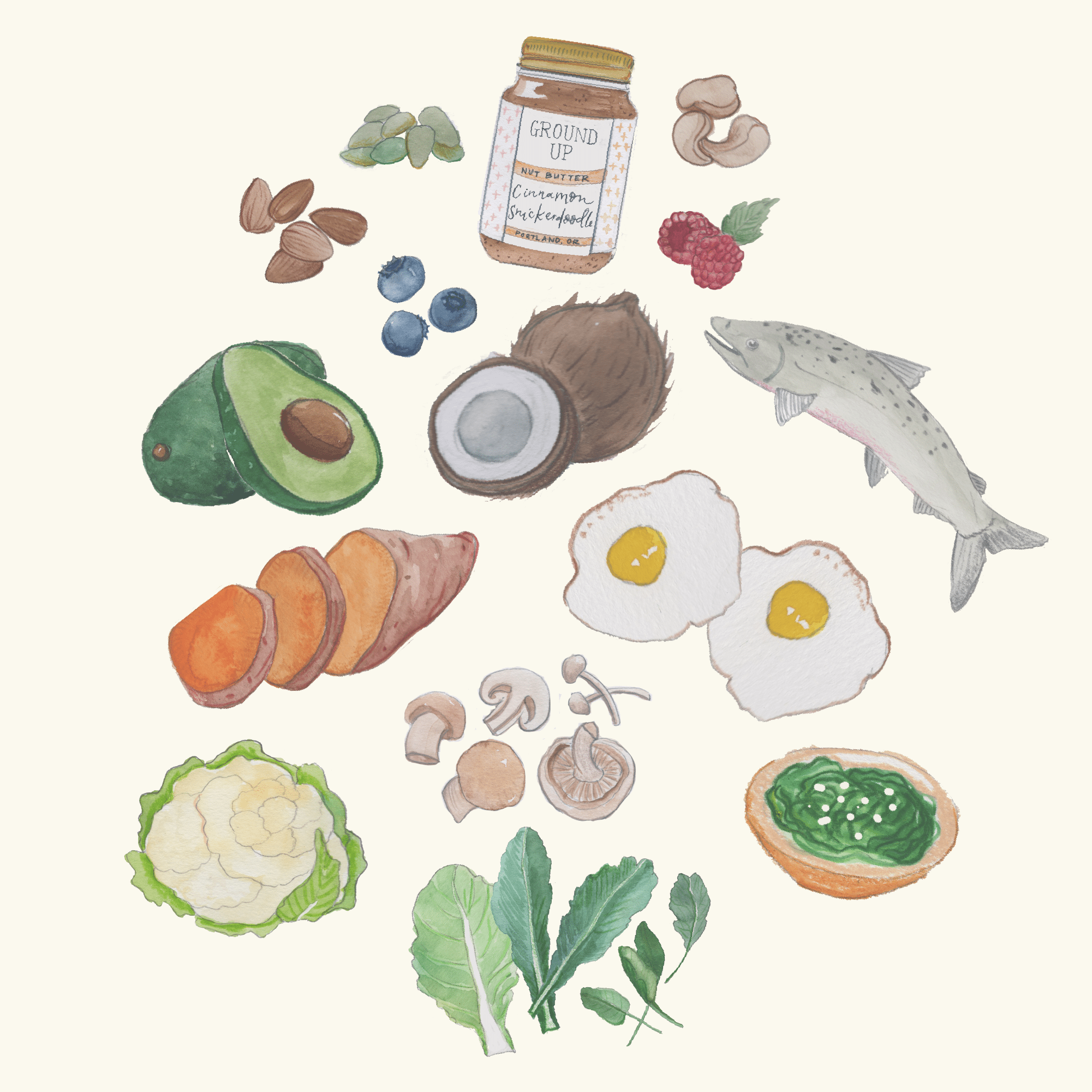
If you loved that...

01.
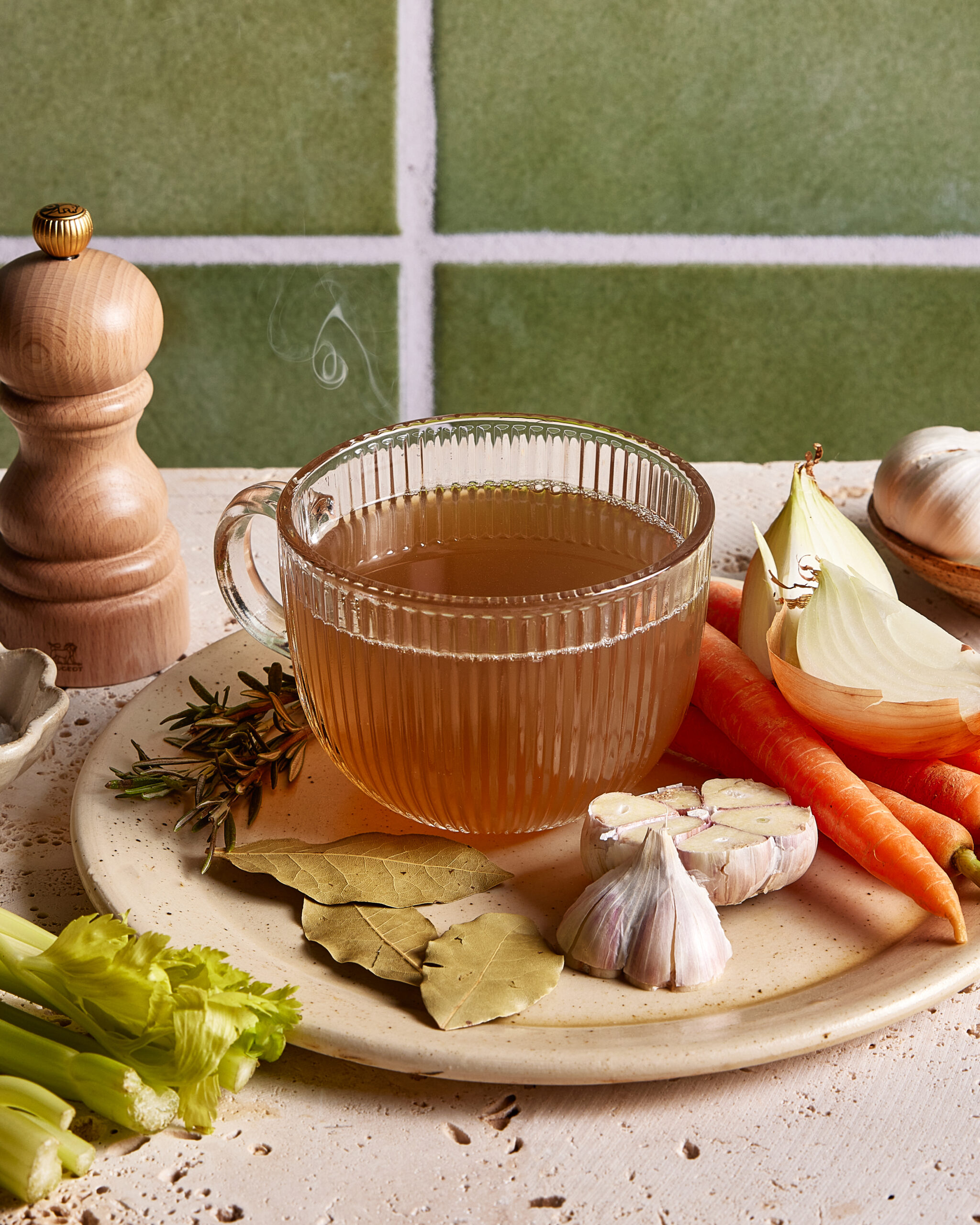
02.

03.
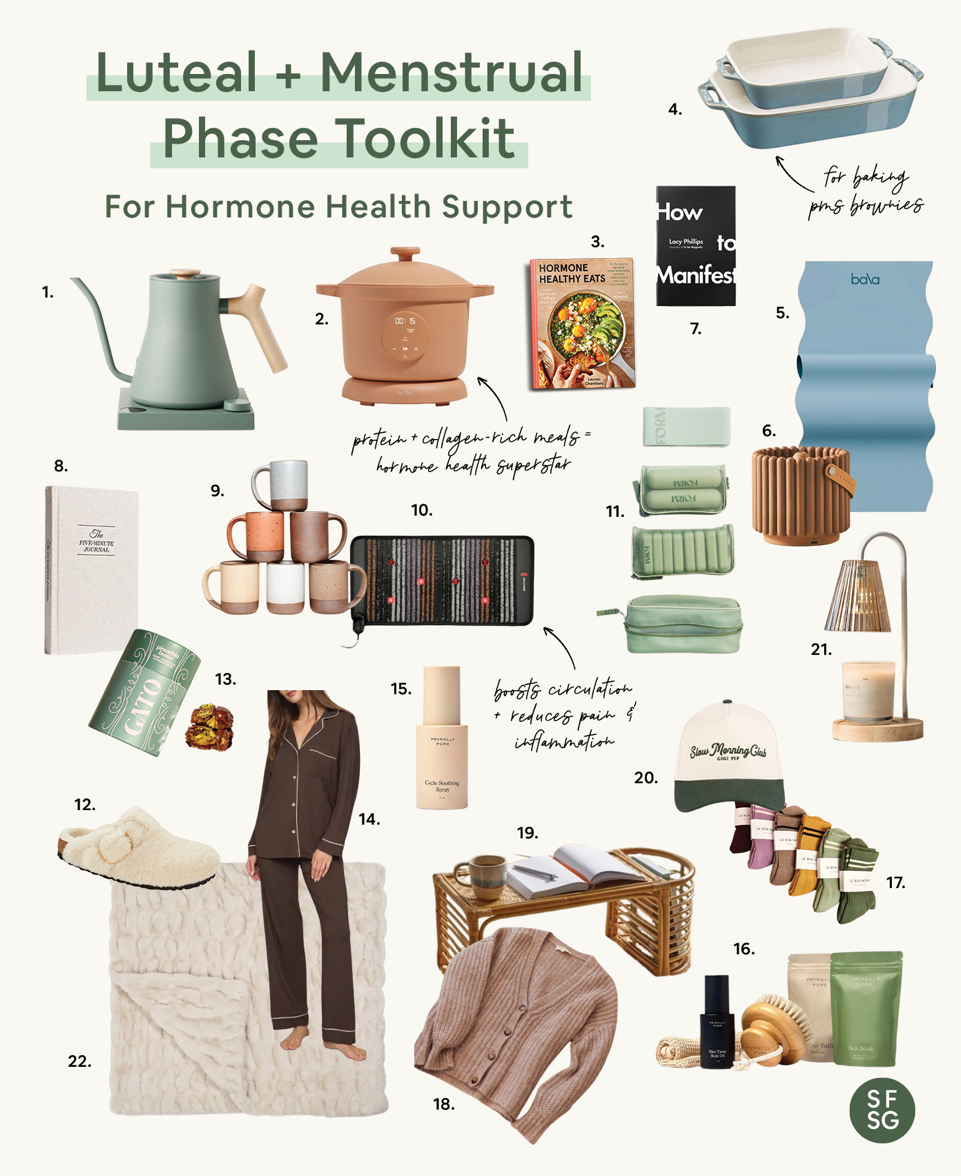
04.
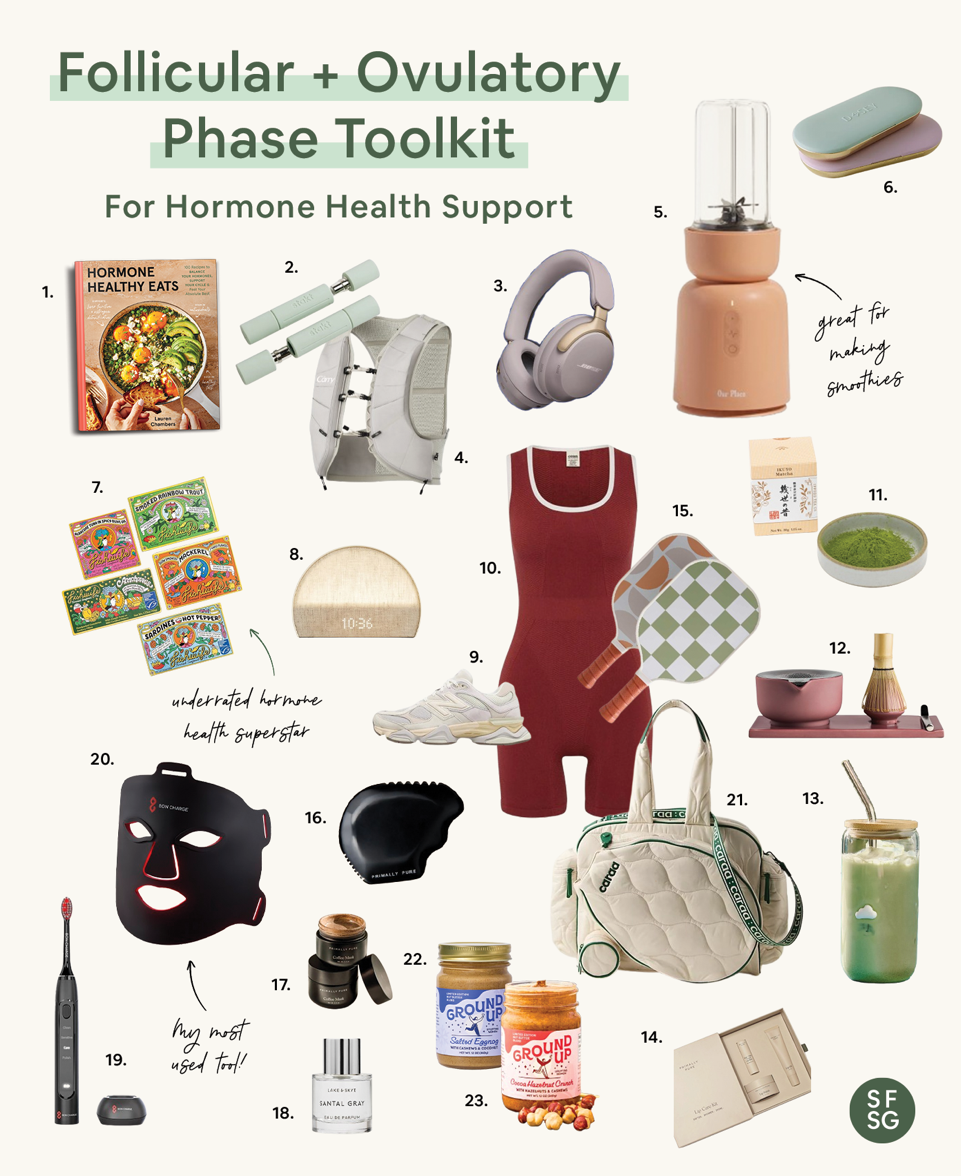
05.
hey!
Keep Browsing
Site
Keep Browsing
Site
the
about
e-books
blog
downloads
quiz
Welcome friend, I'm lauren.
I’m honored to support you on your journey to optimal hormone health + happiness. Thanks for being here babe.
